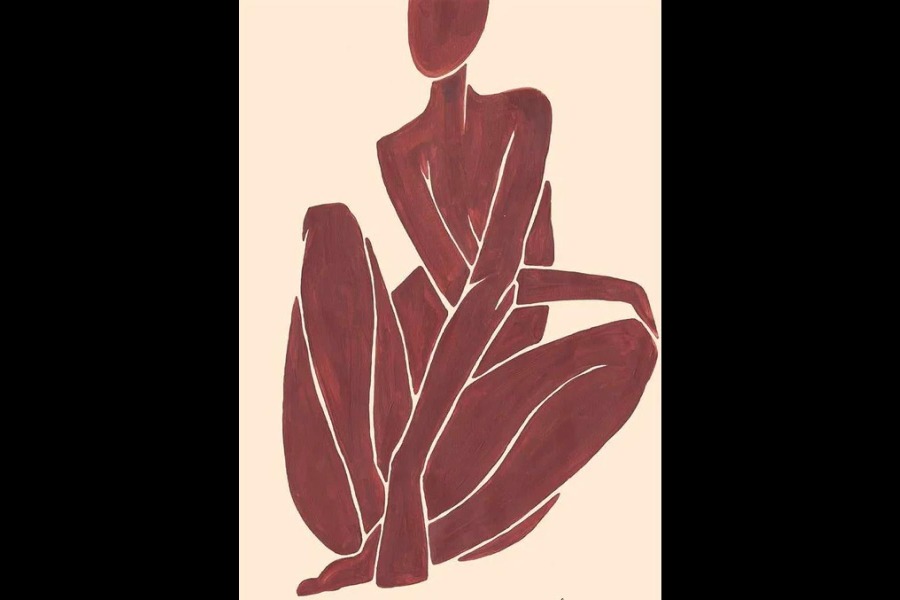Book: EVE: HOW THE FEMALE BODY DROVE 200 MILLION YEARS OF HUMAN EVOLUTION
Author: Cat Bohannon
Published by: Hutchinson Heinemann
Price: Rs 899
Cat Bohannon’s book brings together dense scientific research, mythology, literature and popular culture to bring the female body, which has been written off, to the centre of discourses. She poignantly discusses how an idea of “clean science” has been constructed and normalised that studies only the male body to standardise medical parameters. Bohannon points out the aporia in biological research that is based on the “male norm” to the extent that it hardly occurs that the female body has been invisibilised from significant research processes. The unpredictability of the female body, with its hormonal cycles, fertility cycles and others, has been cited as practical reasons for choosing the male body as a more stable site of analysis. However, Bohannon brings to the centre an important insight as to why this aporia has never been questioned. The subjects of most clinical trials continue to be men with a few exceptions; even here, the presence of women subjects has often been coincidental rather than pre-thought. Bohannon places her sharp argument by stating that scientists should have considered the difference between sexes in analysing data. She says, “not asking the question is dangerous.”
Bohannon commits to asking this historical and ideological question in Eve. A fascinating aspect of the book is to learn how the author finds a path to ask this question. Bohannon dives into deep evolutionary research to pluck out stories about how and why the female body is different and, thereby, its responses (emotional and biological), coping mechanism, resilience, resistance and strength need to be understood through a new lens. The book teases out visceral knowledge that often remains shrouded — that women have finer hearing skills, more sensitive noses, extended colour vision, longer life expectancy. The author also punctures male-centric modes of calibrating knowledge by asking questions as to why the measure of physical strength must always rest on sheer musculoskeletal system rather than on other parameters like that of endurance and resilience in which women often surpass men.
Bohannon begins her story with our “presumed true ancestor”, morganucodon, a rodent (nicknamed Morgie), whom she calls Eve. She discusses at length the evolution of the female body, the breasts, the ovary, the pelvis, and how it shaped human history through its various complex stages of development. Interestingly, Bohannon restores the story of the female body by focusing on how the female reproductive system, fertility cycles, and pregnancy have sustained the human race, an accomplishment that is greater than those of discovering fire, farming, hunting or the running wheel. She traces the history of how women have helped each other and developed solidarities through the pain of giving birth. Bohannon’s celebration of bonds that are forged between women through the cracks of the male-centric world challenges and destabilises established scientific knowledge systems.
The author uses a deliberate polyphony of narrative styles and disciplinary perspectives to write Eve. Each section is framed by evocative quotations and footnotes that speak to scientific research and data analysis. As a reader, one has to move back and forth and hopscotch through varied material to arrive at a holistic perspective. Bohannon has built this compelling intertextuality to disrupt a linear reading experience. This style opens up windows to understand the erasures in the long history of evolutionary science and is conducive to the author-researcher’s choice to rely on mythology, oral narratives and anecdotal references to piece together an alternative history of the female body. The overarching importance of evolutionary history in Bohannon’s work may seem to ascribe to a universal reading of female bodies and desire. However, she ventures into lives of different cultures to draw upon anecdotes that drum up relative contexts within which female desire writes its own history.










